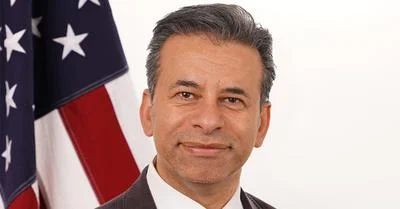Harrisburg - The United States Attorney’s Office for the Middle District of Pennsylvania announced today that Doncarlos Urrutia, age 32, of Harrisburg, Pennsylvania, was indicted by a federal grand jury for possession of a firearm by a convicted felon.
According to U.S. Attorney Bruce D. Brandler, the indictment alleges that a.380 caliber Taurus handgun was found in Urrutia’s home on May 12, 2017. The indictment also alleges that Urrutia is a convicted felon, making it illegal for him to possess a firearm.
The matter was investigated by the Pennsylvania Board of Probation and Parole, the Harrisburg Police Department, and the Bureau of Alcohol, Tobacco, Firearms, and Explosives. Assistant U.S. Attorney Scott R. Ford is prosecuting the case.
This case was brought as part of the Violent Crime Reduction Partnership (“VCRP"), a district wide initiative to combat the spread of violent crime in the Middle District of Pennsylvania. Led by the United States Attorney’s Office, the VCRP consists of federal, state and local law enforcement agencies whose mission is to locate, apprehend, and prosecute individuals who commit violent crimes with firearms.
Indictments are only allegations. All persons charged are presumed to be innocent unless and until found guilty in court.
A sentence following a finding of guilt is imposed by the Judge after consideration of the applicable federal sentencing statutes and the Federal Sentencing Guidelines.
The maximum penalty for this offense is life imprisonment, a term of supervised release following imprisonment, and a fine. Under the Federal Sentencing Guidelines, the Judge is also required to consider and weigh a number of factors, including the nature, circumstances and seriousness of the offense; the history and characteristics of the defendant; and the need to punish the defendant, protect the public and provide for the defendant's educational, vocational and medical needs. For these reasons, the statutory maximum penalty for the offense is not an accurate indicator of the potential sentence for a specific defendant.
Source: U.S. Department of Justice, Office of the United States Attorneys







